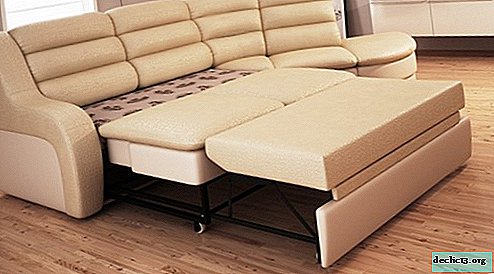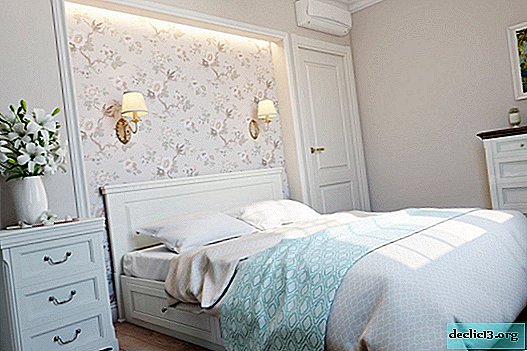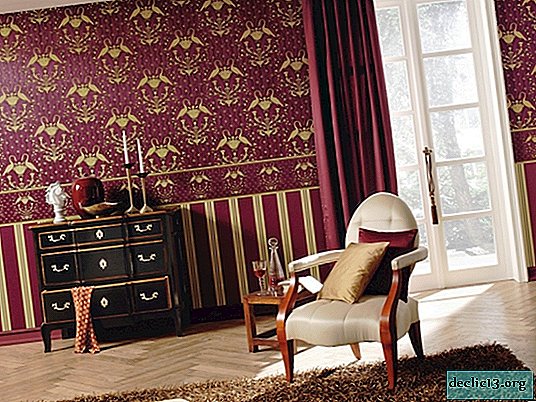How to deal with moisture in the bathroom
To date, bath procedures occupy an important place in the life of a modern person. Regardless of whether a person prefers a hot bath with aromatic oils or a refreshing shower, in any case, the bathroom is an ideal place for the development of fungus. The increased level of humidity, the lack of an adequate ventilation system and the minimum amount (or total absence) of sunlight create the conditions necessary for the formation and spread of wet mold.
The resulting fungus harms the body, adversely affecting the respiratory tract, and spoils the aesthetic appearance of the bathroom. Fortunately, there are ways to eliminate and prevent this problem. Those wishing to monitor their hygiene and carry out water procedures without harming their well-being, not being horrified by the look of the bathroom tile, should pay attention to certain aspects of the finishing work. This will help prevent future fungus.
Causes of mold
To successfully resolve the problem, you must first determine the cause in order to eradicate it in the future. The fungus in the bathroom can appear for various reasons, but the main one is invariably the increased temperature and humidity. This suggests the importance of enhanced ventilation. In addition, the following factors can provoke mold:
- lack of high-quality (or any kind of general) waterproofing between walls, wet soil and the foundation;
- the content of hygroscopic salts in the material used for the manufacture of walls, foundations or interior decoration;
- the unconscious creation of suitable conditions for the condensation of water vapor from the air in the bathroom.
In the process of combating high levels of humidity, it is necessary, accordingly, to take care of eliminating the above causes and factors that can lead to the formation of fungus.
Ability to prevent problems
The first step in trying to achieve a clean and dry bathroom is a deliberate selection of finishing and building materials that are specifically designed for use in such rooms. The use of gypsum plaster, waterproof glue, waterproofing mastics and moisture-resistant grout for tile joints, designed for rooms with a high concentration of moisture in the air, guarantee the absence of negative effects from dampness and moisture.
Ways to Reduce Humidity
Before taking any action, it is necessary to determine whether the bathroom needs additional ventilation and ventilation. Here you can do without special appliances, just bring the flame of a match or lighter to the ventilation shaft. If the flame tongue does not move or sways slightly, there is a need to improve the air exchange of the room. In the event that the flame deviates by 45 degrees or more, the room is ventilated at the proper level.
- To optimize the air temperature in the bathroom, it will not be superfluous to integrate a special fan into the exhaust outlet. This will help keep the walls dry. There is also the additional possibility of installing a sensor that controls the humidity in the room. As soon as the permissible level is exceeded, the fan will turn on automatically. This will greatly simplify the operation of the device.
- To avoid condensation on the walls and mirrors of the bathroom, care should be taken to install heating. This will provide an opportunity to dry towels in a timely manner and evaporate some of the moisture from the air. If there is no possibility to dry towels in the bathroom, do not leave them wet there for the whole night or for a whole day. This will not contribute to reducing the amount of moisture.
- When installing the door, leave about 2 cm of open space between the door and the floor. This will improve the ventilation process and provide additional ventilation. Such, at first glance, a trifle will prevent fogging of mirrors and glasses, and will also help to keep the furniture in good condition.
- Having taken care of the thermal insulation of the walls, if possible outside, the absence of condensation on the walls can be guaranteed. The adoption of these measures eliminates thermal bridges inside the wall and temperature changes. The desired effect can be achieved using heat-insulating plaster or special heat-insulating systems.
- It is very important to change the plumbing in time. Old pipes tend to leak on bends, which leads to dampness and suitable conditions for the formation of mold. In addition, there is a danger that the pipe will simply burst, forming a flood in the house. After such an accident, it will take a lot of time to completely drain the room and normalize the air temperature. The state of the pipeline system must be carefully monitored, and if possible, updated.
- The bathroom room needs regular ventilation. Quite a logical conclusion, and it would seem obvious, but many neglect it. A fairly simple way to ensure regular air exchange is to ventilate the bath at the end of water procedures. Do not immediately close the door tightly, accumulating steam and hot air in a confined space.
- If the bathroom is equipped in the attic, there is a great opportunity to install a small window for direct ventilation. Regardless of the location of the bathroom, it is worth installing a window here, if that is possible.
- A large number of electrical appliances also helps maintain air humidity. Do not install more than the required number of devices, which will also save space and electricity.
Ways to combat moisture are very diverse and numerous. Adhering to simple and logical rules, keeping the bathroom dry and comfortable will not be difficult.

















